Bouvier des Ardennes
The Bouvier des Ardennes is a fairly rare Belgian dog breed. Originally, these powerful dogs were used for herding cattle. They are devoted and loyal, and because they are people-oriented, they make excellent family pets. They can, however, be excellent watchdogs because they are reserved around strangers.
These dogs are frequently misidentified as Bouvier des Flandres, despite being much smaller dogs with different coats and shorter tails.

Height:
20–25 in (52–62 cm)

Weight:
49–77 lb (22–35 kg)

Origin:
Belgium

Life Expectancy:
12-14 years
Dog Breed Characteristics
Appearance
One of the first things you'll notice about a Bouvier des Ardennes is not its medium size or lack of beauty; it's their unusual, wiry double coat. It should be thick and waterproof, with a particularly dense undercoat all year round; it is intended for a dog with an outdoor lifestyle. The dog will have a short beard as well as a mustache.
The color of the coat is unimportant, and any color or pattern is acceptable. This is, of course, due to the emphasis placed on the dog's working ability rather than its physical appearance when it was bred. The following coat colors are commonly seen on the Bouvier des Ardennes:
- Grey
- Black
- Fawn
- Red
- Brindle
They have a small head in relation to their body, a short muzzle, and small, triangular ears that should stand upright. Their eyes are small and oval, and they should be a dark brown to black color. Their body should be proportionately square, with long, lean limbs suitable for running. The body is heavily muscled, though this is not immediately apparent due to its long coat. The breed's average size is 20–25 inches, and they usually weigh 49–77 lb.
Temperament
Ardennes are worker bees who are constantly on the move, looking for work. These puppies are sharp, agile, and focused, which allows them to excel at various tasks and training. Unsurprisingly, farmworkers relied on these incredibly receptive dogs for herding.
They're very good at reading people, so they might take a step back at first to observe newcomers. The Bouvier des Ardennes has a keen sense of what is happening around them, so if you need a protector to warn you of danger, this is the dog for you.
In the family, the typical Bouvier des Ardennes plays a cheerful, playful role. They adore spending time with their owners and develop strong attachments. Because of their devotion to their owners, they may experience separation anxiety if they are left alone for an extended period.
Furthermore, neglecting or rehoming this breed may cause strong distrust, making it difficult for them to recover. The Bouvier des Ardennes prefers routines and familiar faces and is sensitive to change.
Exercise needs
Bouvier des Ardennes is an active breed that requires a lot of activities to be happy. They were bred for working purposes, and because of that, they are not the best fit for apartment living. They need a lot of space to wander around and spend their energy.
It is not uncommon for these dogs to work for hours without taking a break, and because of that fact, if you want to have a happy dog, you will have to meet their needs.
Grooming
Bouvier des Ardennes has a long outercoat and a dense undercoat. As with all double-coated dogs, you must brush them weekly to keep the loose hair and shedding under control. During the shedding season, daily brushing is advised to remove dead hair and keep the dog looking good.
You will also need to inspect their ears on a regular basis for any signs of infection (bad odor, redness, etc.). You can clean their ears with a cotton ball soaked in ear cleaner. Brushing Bouvier des Ardennes’ teeth once a week is recommended to remove tartar buildup and maintain fresh breath and healthy gums. When you hear their nails clicking on the floor, you should trim them.
Socialization
Because this is a herding dog breed, it must be socialized from an early age. You should begin socializing your Bouvier des Ardennes as soon as you bring your puppy home. You can be confident that your dog will grow into a well-behaved dog with whom you will not have behavioral issues later in life.
The best thing you can do is expose your dog to various situations, people, dogs, animals, and sounds, so they can learn how to react appropriately. You can also socialize your dog at home by dressing and acting differently so that your dog does not recognize you right away.
Bouvier des Ardennes and kids
The Bouvier des Ardennes is best suited for a family with older children who understand how to interact with the dog safely. Because these dogs are used for herding, don't be surprised if Bouvier starts herding your children. It is not recommended that you leave them alone while they are playing.
Before allowing them to play, teach your children how to approach, interact with, and play with the dog. This way, you can be certain that your children will respect the dog.
Bouvier des Ardennes and other animals
Bouvier des Ardennes generally gets along with other dogs. However, they need to be properly socialized and introduced from an early age. Even if you socialize the dog correctly, situations can occur where your Bouvier will not like the company of other dogs. Smaller animals in the household are not advised.
In most cases, these dogs have a strong prey drive and will try to pursue smaller animals as they perceive them as prey.
Health
Bouvier des Ardennes are generally healthy dogs, but like most dog breeds in the world, they can suffer from some health problems. Those problems include:
- Hip dysplasia
- Eye problems
- Elbow dysplasia
Bouvier des Ardennes breeders
If you decide this is the right dog for you, it’s time to find Bouvier des Ardennes breeders. To ensure you end up with the healthiest dog possible, we advise you to search only for responsible and registered Bouvier breeders. That way, you can be sure your puppy will have the best possible start in life.
Buying a dog from an official dog breeder will initially cost you more money. Still, knowing your dog will be healthy and will have a good temperament makes the initial investment worth it.
Bouvier des Ardennes are pretty rare dogs, so you should prepare to wait for your puppy or be put on a waiting list.
World Dog Finder team

Updated at04.09.2023.
Breed History
The breed is thought to have originated in the beautiful Ardennes region of Belgium before record-keeping began, and best guesses place the breed in the 17th century. The powerful Bouvier des Ardennes is a working dog through and through. It was developed by farmers who focused on the dogs' abilities rather than their physical appearances. While they were traditionally only used for herding cattle, they were later successfully used as hunting dogs, tracking wild boar in the countryside. They were also used as watchdogs and are still used as vigilant livestock guards today.
When Belgium was devastated by World War I, the Bouvier des Ardennes proved to be an invaluable companion. They used to hunt animals and feed hungry families. They were later recognized by the Belgian Kennel Club in 1923. For several decades after that, the number of Bouvier des Ardennes dwindled to the point where their existence was called into question, owing primarily to the decline in local dairy farms.
Surprisingly, a small population was discovered after they were considered extinct. According to popular belief, a group of scientists examining milk on a Belgian farm recognized the farmer's dogs as Bouvier des Ardennes. Following that, a concerted effort was launched to recover the breed’s numbers. In 1996, another small community of the breed was discovered on another farm, further strengthening the population. Unfortunately, aside from the popular Bouvier des Flandres, the remaining Bouvier breeds did not fare as well, and the Bouvier de Moermon, Bouvier de Paret, and Bouvier des Roulers are now extinct.
These dogs are still used on Belgian farms today, performing their original cattle herding duties. In fact, it is almost never kept as a companion dog on its own.
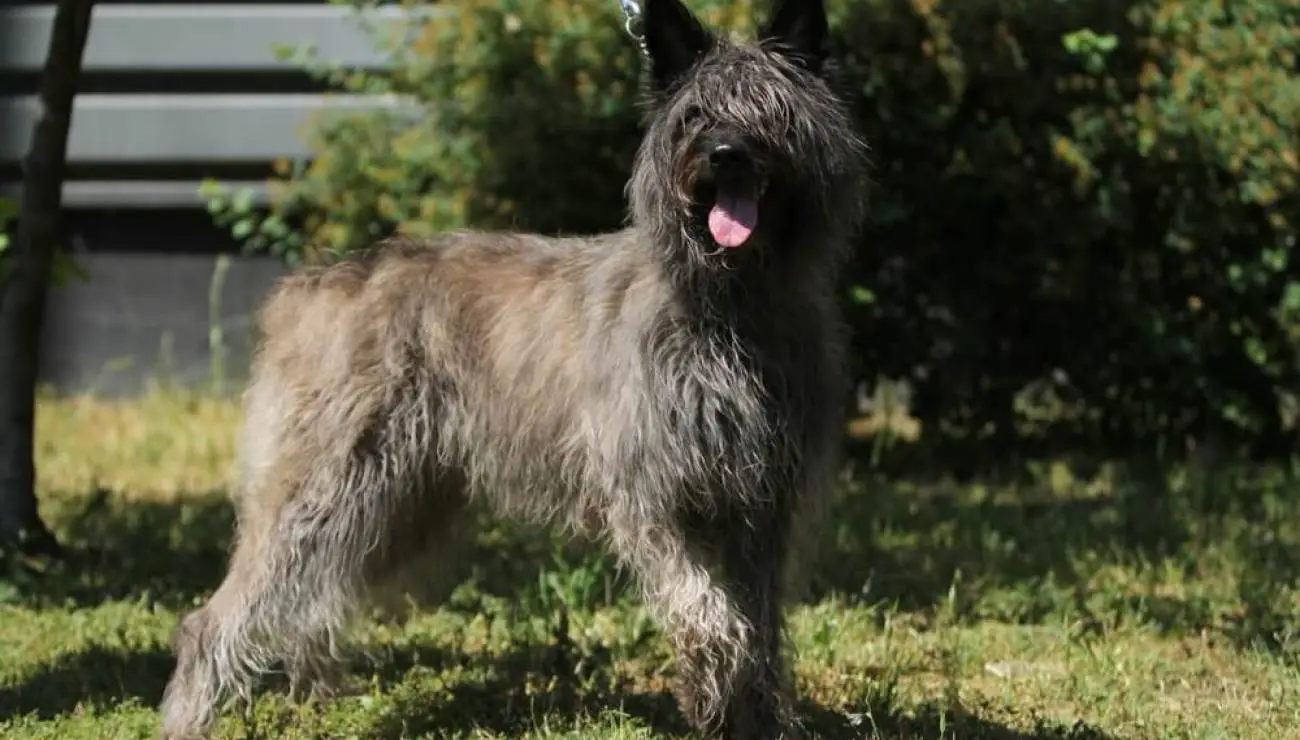
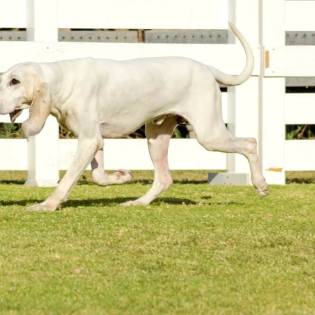
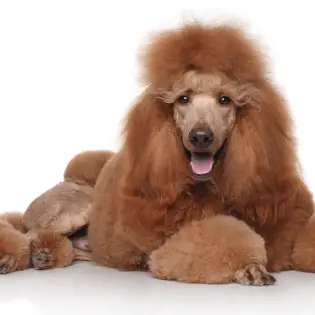
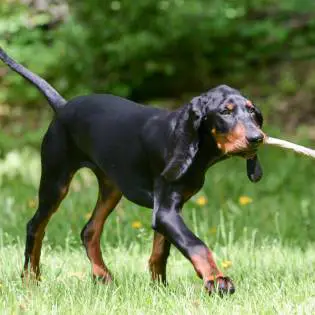
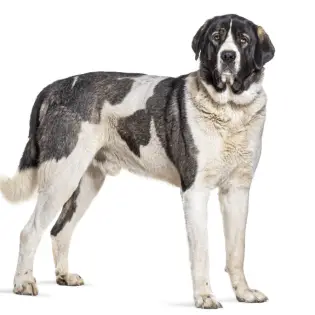
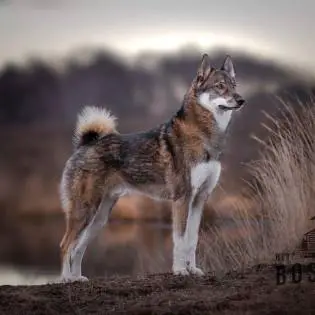
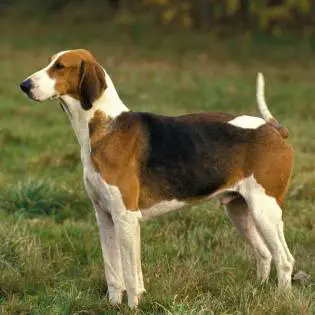
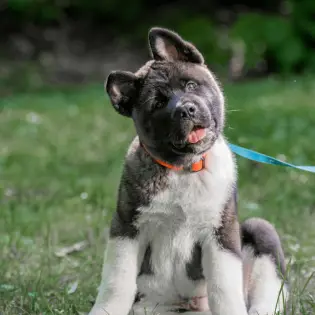
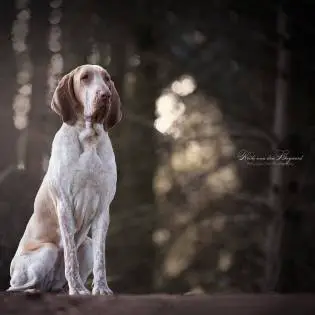
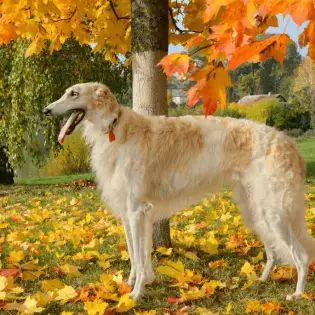
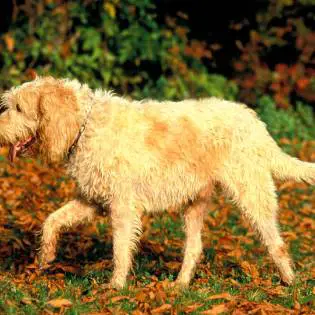

Share